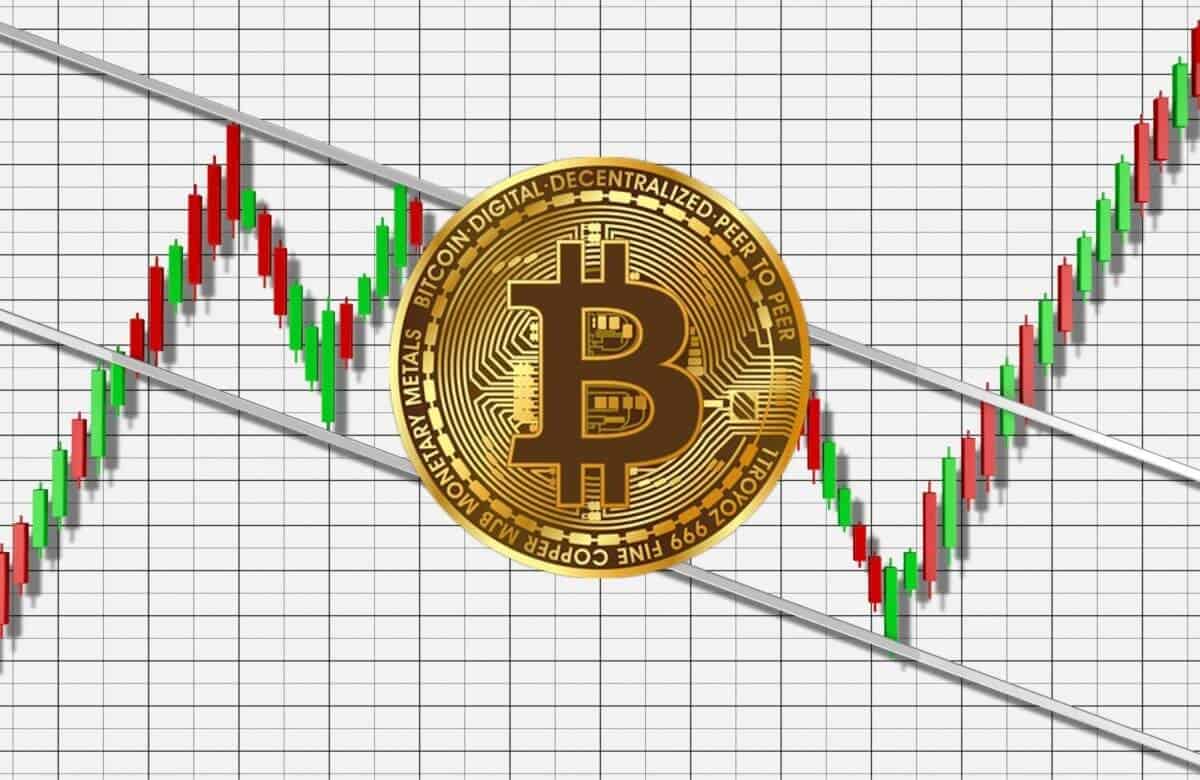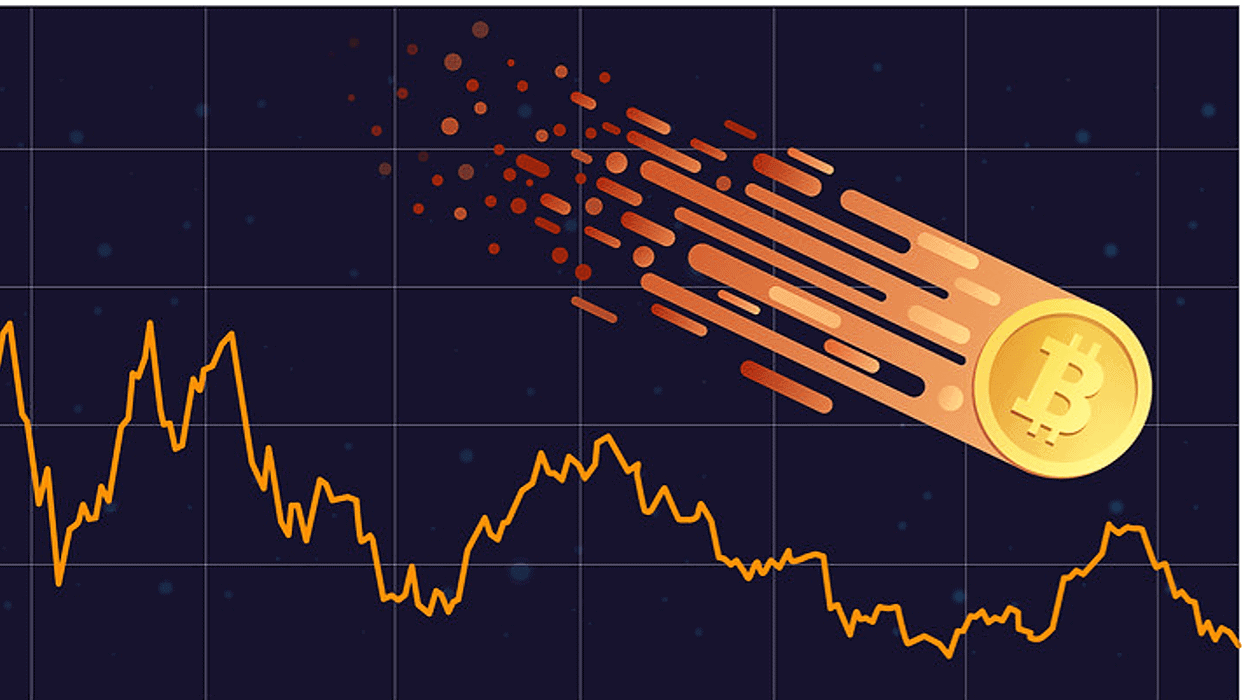Join Our Telegram channel to stay up to date on breaking news coverage
The Bitcoin (BTC) network has taken a massive hit in terms of hash rate. The steep dive knocked out almost 45% from the 2020 peak hashrate it had experienced.
Multiple Sources
The peak hash rate for 2020 was recorded on the 1st of March. Then, the network managed to hold 136.2 quintillion hashes per second or EH/s. That number has dropped down to 75.7 EH/s on the 16th of March, according to Blockchain.com.
Sadly, a similar pattern could be seen on Coin.dance. The analytics site had recorded a similar result, though not as stark as Blockchain.com’s. According to Coin.dance, the 2020 peak was at 150 EH/s, having been recorded on the 5th of March. Coin.dance only recorded a 29% decrease in hash rate, going down to 105.6 EH/s
Drop In Difficulty
The hash rate of a cryptocurrency and its supporting blockchain defines a measure of the number of calculations that a given network can perform every second. Thus, a higher hashrate means that there’s more competition among crypto miners to validate blocks. The hash rate also makes it more difficult to enact a 51% attack, causing the network itself to become more secure.
With Bitcoin experiencing one of its most volatile months in history, short-lived as it was, the entire network managed to halve in value, with some losses recorded to as high as 60%. BTC managed to drop below the $4,000 mark, effectively nullifying all market value that’s been built up since its previous crash. The difficulty of the BTC network has dropped down to almost 16%.
Self-Sustaining Algorithms
The difficulty, in turn, is how hard it is to computationally solve and subsequently validate a block within a proof-of-work blockchain. The difficulty is set to adjust every 2016 blocks, which takes about two weeks, more or less. This self-adjustment is in order to maintain a consistent verification time of about 10 minutes per block.
The difficulty rises and falls due to the hash rate, as well. When there’s a typically low level of participation when it comes to mining power, the difficulty will drop in accordance. During periods in intense participation in the network, the difficulty will rise. This comes as a bid to try and counterbalance and maintain a status quo within the system.
On the 25th of February, 2020, the latest difficulty adjustment had occurred for the year. At that point in time, the price of Bitcoin was $9,900. All it took was three days of abysmal sentiment to drop it down to $8,800, before plummeting down to $4,800 on the 14th of March. The lowest it managed to get was $3,600 on some exchanges before it started to recover.
Join Our Telegram channel to stay up to date on breaking news coverage



